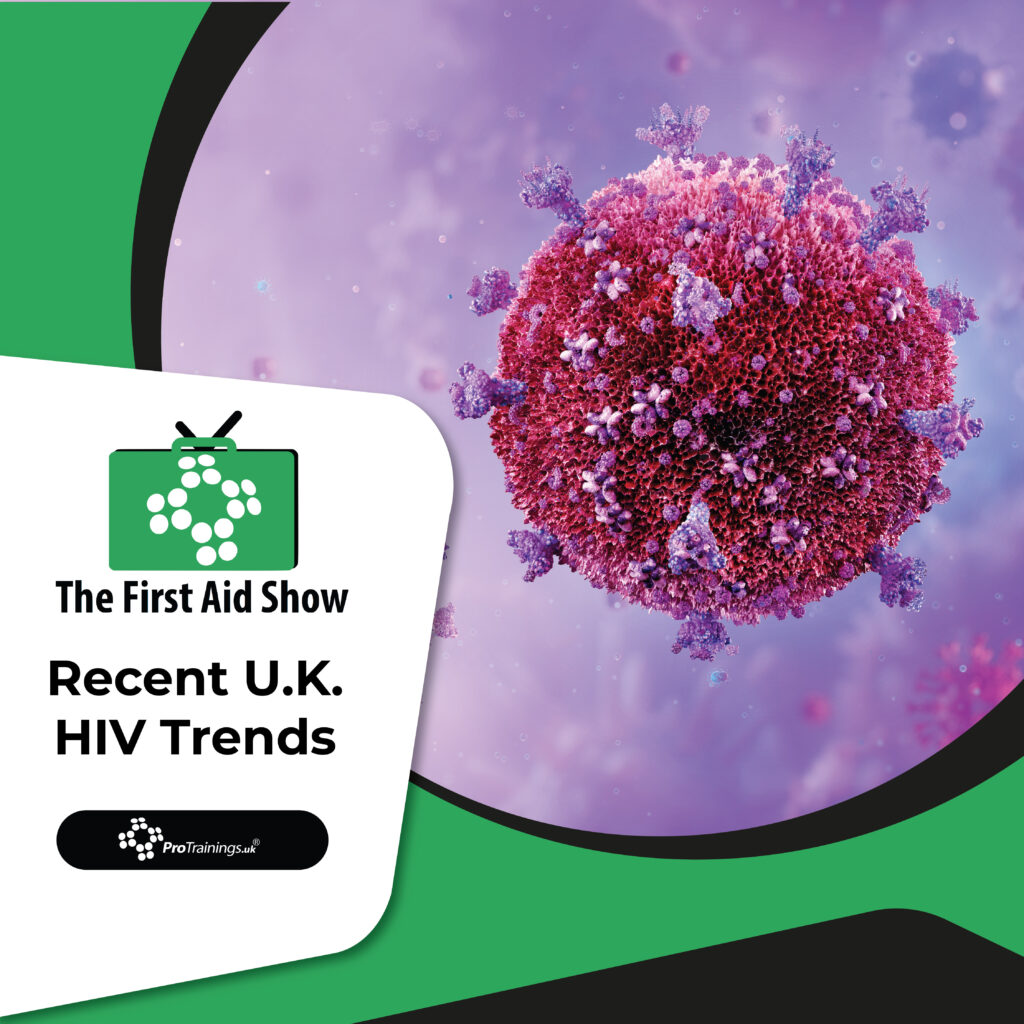Understanding Recent U.K. HIV Trends: 2023 Overview
In 2023, England witnessed a notable surge in HIV diagnoses. Specifically, cases rose by 15%, increasing from 2,451 in 2022 to 2,810. This sharp rise signals a concerning shift in the nation’s HIV landscape. Notably, heterosexual populations experienced the most significant increases. For example, diagnoses among men exposed through sex with women climbed by 36%, while cases among women exposed through sex with men rose by 30%.
Geographic and Demographic Shifts
Interestingly, these increases occurred more frequently outside of London. This geographic redistribution suggests the virus is spreading beyond traditional high-prevalence areas. As a result, healthcare providers must now broaden their outreach efforts across the country. Additionally, a growing number of new diagnoses involved individuals previously diagnosed abroad. In fact, 53% of people diagnosed in 2023 had received an earlier diagnosis outside the UK, compared to 38% in 2022. Therefore, it becomes essential to prioritise continuity of care for migrants and ensure access to culturally competent healthcare services.
Late Diagnosis Remains a Persistent Concern
Moreover, the number of late diagnoses rose slightly—from 896 in 2022 to 923 in 2023, marking a 3% increase. Late diagnosis, defined as a CD4 count below 350 cells/mm³ within 91 days of diagnosis, carries serious consequences. In fact, individuals diagnosed late were ten times more likely to die within a year than those diagnosed early. Consequently, early testing and prompt linkage to care must remain top public health priorities.
Strong Treatment Outcomes Persist
Despite the increase in new cases, treatment outcomes remain impressively strong. In 2023, 98% of adults receiving HIV care in England were on antiretroviral therapy. Additionally, among those with a reported viral load, 98% achieved viral suppression. This level of suppression effectively eliminates the risk of sexual transmission. Clearly, early treatment and consistent engagement with care play a vital role in managing HIV effectively.
Aging Population of HIV Patients
At the same time, the population accessing care is aging. Over half (51%) of individuals in care during 2023 were aged 50 and above. In contrast, only 27% were in this age group back in 2013. This aging trend highlights the need to adapt healthcare services. Providers must now focus more on long-term HIV management and age-related comorbidities.
Addressing Health Inequalities
However, Recent U.K. HIV Trends also highlight widening health disparities. Men from ethnic minority backgrounds (excluding white ethnic minorities) made up 33% of new diagnoses among men exposed through sex with men. This data underscores the urgent need to address barriers to testing and care within marginalised communities.
Next Steps: Strategies to Reduce New Infections
To counter these challenges, the UK Health Security Agency recommends several actions. Firstly, expand access to HIV testing—especially opt-out testing in emergency departments. Secondly, increase availability and uptake of Pre-Exposure Prophylaxis (PrEP) for individuals at higher risk. Thirdly, boost public awareness campaigns to reduce stigma and promote regular testing. When implemented together, these strategies can help curb the rise in new infections.
Looking Ahead
Ultimately, Recent U.K. HIV Trends reveal both challenges and opportunities. While new diagnoses are increasing, treatment success remains high. With a stronger focus on prevention, testing, and inclusive care, the UK can stay on track to achieve its ambitious goal: ending new HIV transmissions by 2030.


